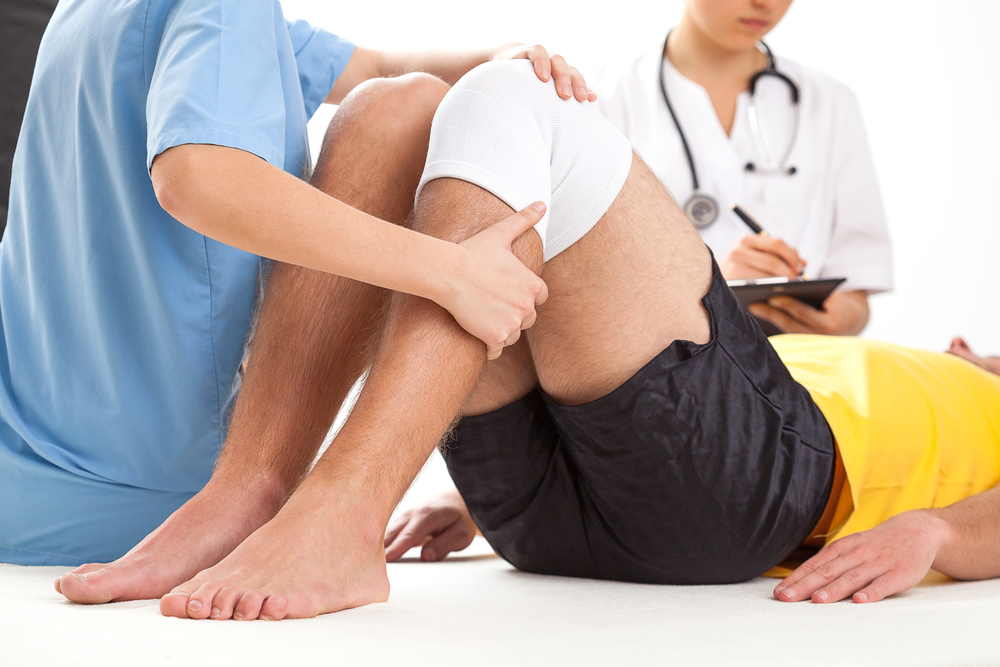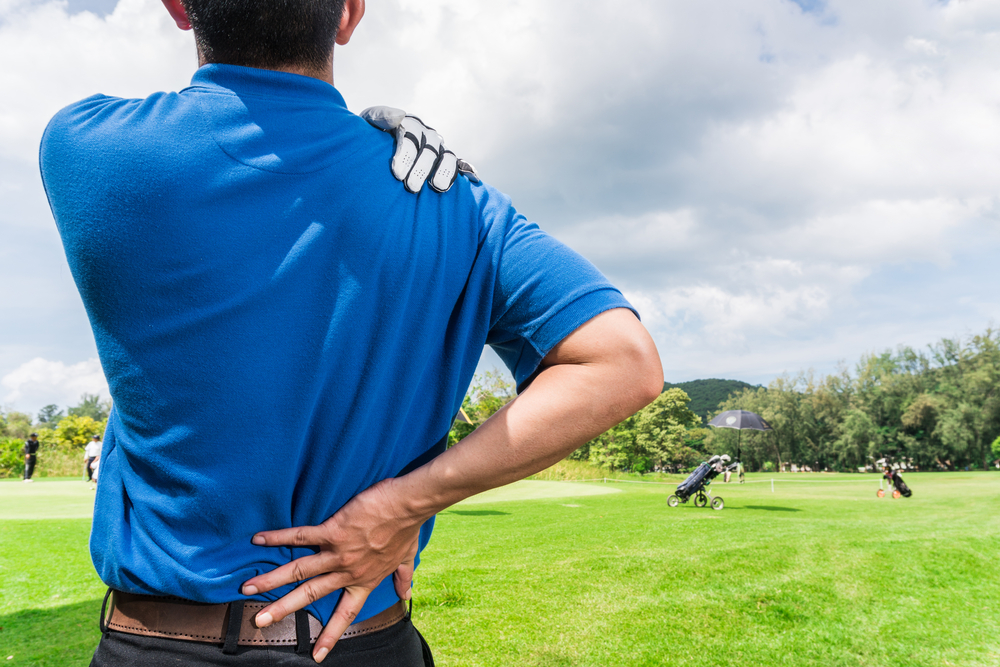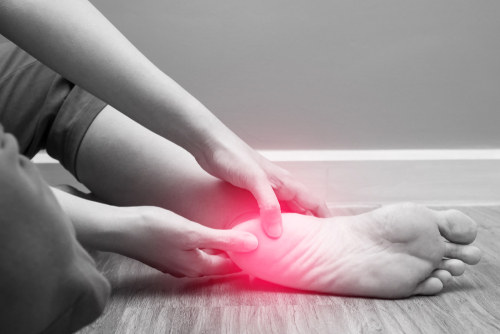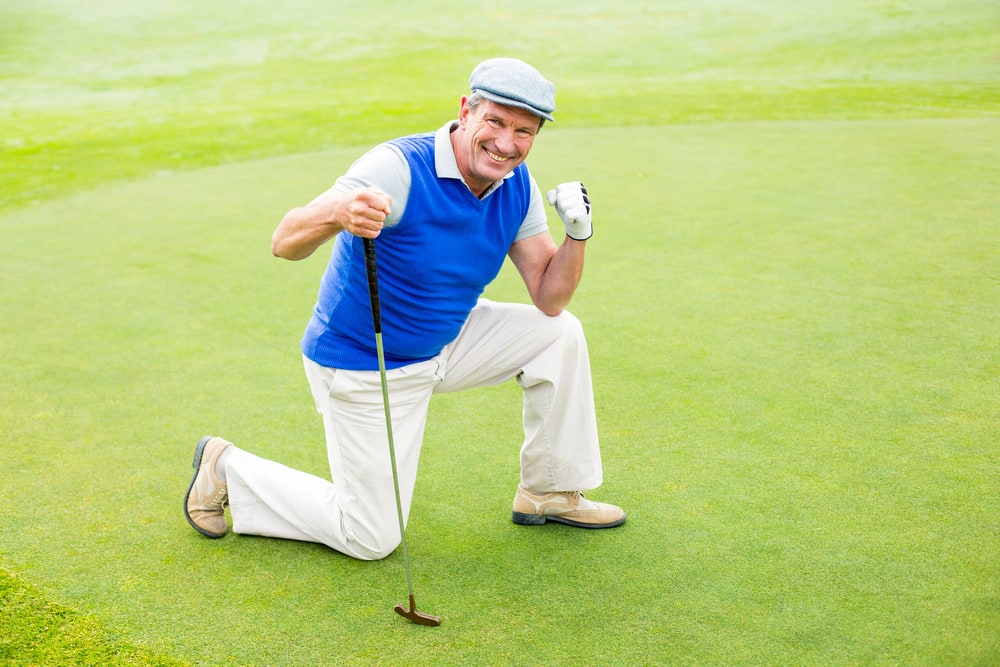
What is Sports Medicine?
Categories: Sports Medicine
At Central Orthopedic Group of Long Island, one of our specialties is Sports Medicine. But what exactly is Sports Medicine and how can it help you? To answer that we’ve written this blog post to go over the fundamentals of what a Sports Medicine doctor can do for you as an athlete. Sports Medicine involves … View More









